In our electronic equipment, chargers, data cables, hubs, hosts and other electronic products, we can often see USB ports, and they have different colors. Next, let me tell you the speed difference between USB ports and Thunderbolt.

【USB 1.0 is divided into two versions:】
The theoretical maximum rate of USB 1.0 Low Speed is 1.5Mbit/s or 0.1875MBytes/s.
The theoretical maximum rate of USB 1.0 Full Speed is 12Mbit/s or 1.5MBytes/s.
The theoretical maximum rate of USB 1.1 (that is, USB 1.0 Full Speed) is 12Mbit/s or 1.5MBytes/s.
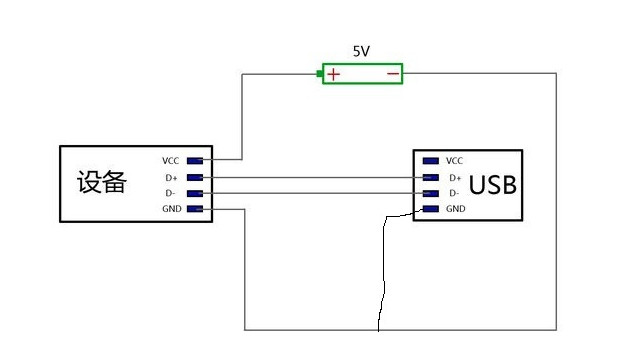
【USB 2.0 is divided into two versions:】
The theoretical maximum rate of USB 2.0 Full Speed (USB 1.1) is 12Mbit/s or 1.5MBytes/s.
The theoretical maximum rate of USB 2.0 Hi Speed is 480Mbit/s or 60MBytes/s.
【USB 3.0:】
The theoretical maximum rate of USB 3.0 is 5Gbit/s or 600MBytes/s.
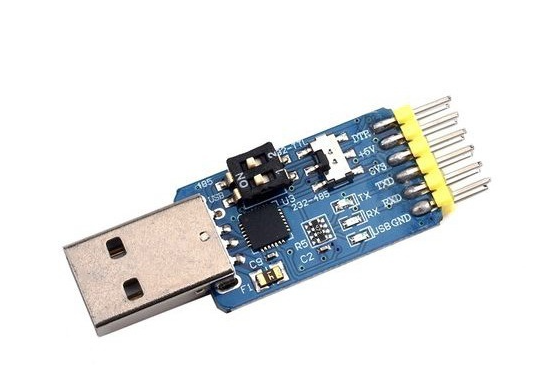
【USB 3.1 is divided into two versions:】
The theoretical maximum rate of USB 3.1 Gen 1 (USB 3.0) is 5Gbit/s or 600MBytes/s.
The theoretical maximum rate of USB 3.1 Gen 2 is 10Gbit/s or 1250MBytes/s.
【USB 3.2 is divided into three versions:】
The theoretical maximum rate of USB 3.2 Gen 1 (USB 3.1 Gen 1) is 5Gbit/s or 600MBytes/s.
The theoretical maximum rate of USB 3.2 Gen 2 (USB 3.1 Gen 2) is 10Gbit/s or 1250MBytes/s.
The theoretical maximum rate of USB 3.2 Gen 2×2 (USB 3.1 Gen 2 dual-channel, Type-C interface only) is 20Gbit/s or 2500MBytes/s.
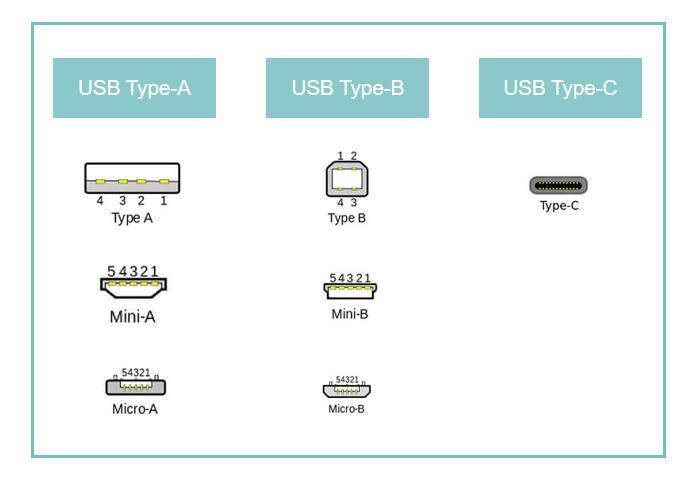
【USB 4】
The theoretical maximum rate of USB 4 (Type-C interface only) is 40Gbit/s or 5000MBytes/s.
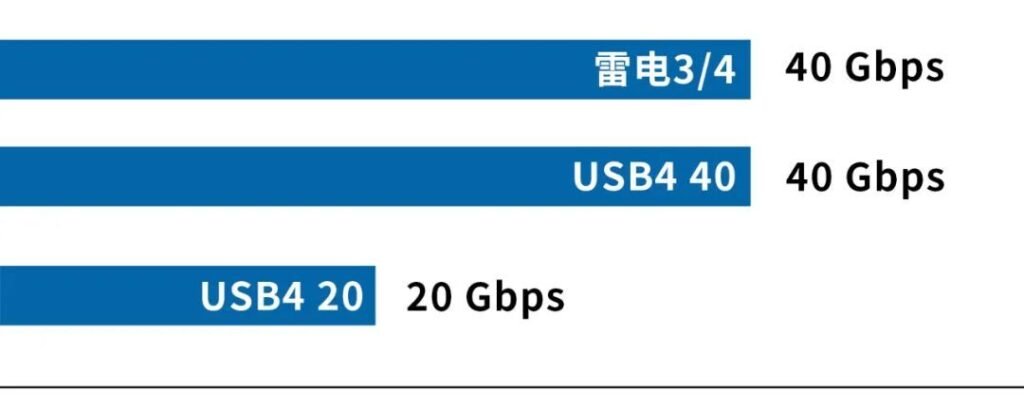
【Thunderbolt is divided into three versions:】
The theoretical maximum rate of Thunderbolt 1 is 10Gbit/s or 1250MBytes/s.
The theoretical maximum rate of Thunderbolt 2 is 20Gbit/s or 2500MBytes/s.
The theoretical maximum rate of Thunderbolt 3 is 40Gbit/s or 5000MBytes/s.
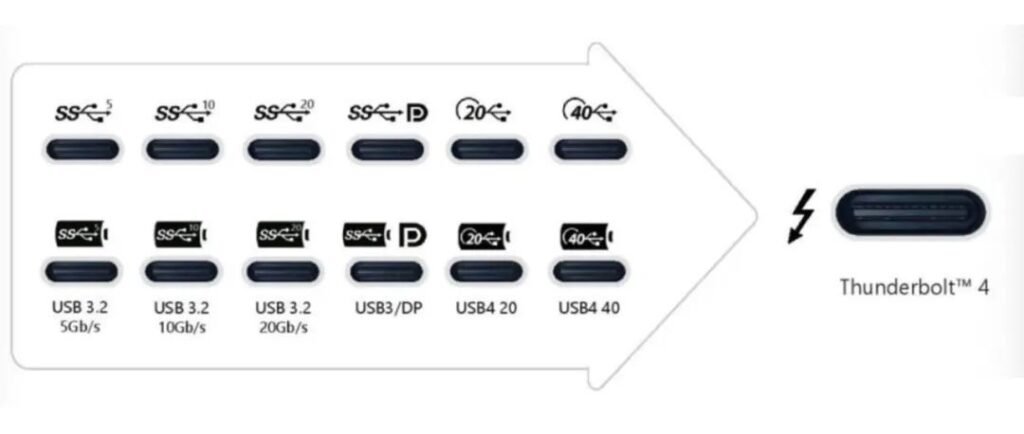
Note: The actual transfer speed depends on many things, and it is difficult to reach the theoretical speed.
- Unit conversion: 1Byte=8bit.
- In terms of software, the relevant drivers must be installed correctly.
- The hardware requires that both sides of the connection must support the same version of the USB or Thunderbolt interface. If they are different, the transmission speed will be based on the one with the lower speed.
- Even if the two connected USB or Thunderbolt interface versions are the same, different storage media have different speeds.
- The speed of storage devices based on flash memory (Flash chip) depends on the type of Flash chip (SLC/MLC/TLC/QLC) and grade, main control chip, cache and other factors. The read and write speed of ordinary mechanical hard drives depends on factors such as the number of platters, rotational speed, and cache.
- There are various colors of USB ports, black USB port is USB2.0 port, blue USB port is USB3.0 port (USB 3.1 Gen 1), turquoise and red USB port is USB 3.1 Gen 2 port, yellow USB port It is a USB2.0 interface that supports shutdown charging, called Powered USB.
- The shape of the USB interface is Type-A (common in computers), Type-B (common in printers), Type-C (common in new models of computers and mobile phones) and Mini USB (Mini-B interface is common in scanners) , Micro USB (Micro-B interface is common in Android phones), etc.

The above is the explanation of the transmission speed of the USB interface. I hope that reading this article will give you some understanding of the USB interface.


